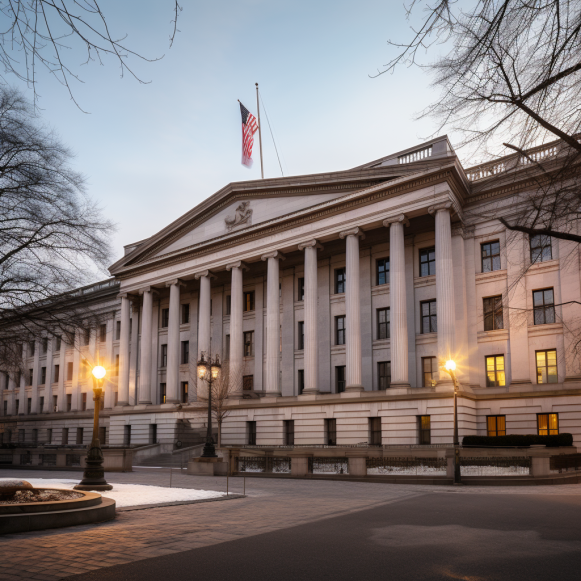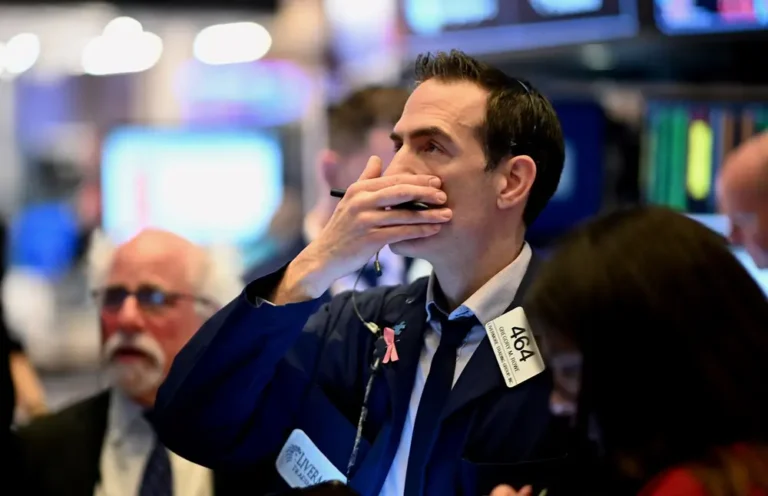The last time US yields rose so much, it sank the economy twice

It’s the biggest increase since the run up in the early 1980s.
There’s a reason investors are surprised that something hasn’t broken in the economy yet: the last time U.S. government bond yields rose so quickly, the country experienced back-to-back recessions.
The 10-year Treasury yield — a key benchmark for the cost of money across the financial system — has risen by more than four percentage points in the last three years, briefly crossing 5% this week for the first time since 2007. It’s the biggest jump since the early 1980s, when Paul Volcker’s efforts to combat inflation drove the 10-year yield to nearly 16%.
In some ways, the similarities are unsurprising, given that Fed Chair Jerome Powell’s rate hikes have been the most aggressive since then. In another, it emphasizes how much things have changed.
The onslaught of monetary policy in the 1980s precipitated two recessions. Now, the economy has continued to defy pessimistic forecasts, with the Atlanta Fed estimating that it will likely gain steam in the third quarter.
Of course, policy was more stringent during Volcker’s tenure. According to data compiled by Bloomberg, the “real” 10-year Treasury yield — or what it paid after inflation — was around 4% by the time the second downturn of the period began in mid-1981. It’s now around 1%.
However, the unexpected economic strength has created significant uncertainty in markets, where bond yields have risen sharply in recent months due to growing conviction that the Fed will keep interest rates high.
It remains to be seen whether such fortitude can be maintained. Bill Ackman, the billionaire investor, closed his bearish bets against long-term bonds on Monday, claiming that the economy is slowing rapidly.
Nonetheless, the year began with similar warnings, accompanied by expectations that the bond market would rally as the Fed reversed course.
Instead, bond prices have continued to fall. The Bloomberg U.S. Treasury Total Index is down 2.6% this year, bringing the total loss since the peak in August 2020 to 18%. In comparison, the worst peak-to-trough decline previously was a 7% drop in 1980, when the Fed’s key benchmark reached 20%. This selloff has been made more painful because interest rates have been low, lowering income payments that help to offset the loss.
Another factor is the sharp increase in the federal deficit, which is flooding the market with new Treasuries at a time when traditional big buyers, such as the Fed and other major central banks, have reduced their bond purchases. This is seen as one reason why yields have risen in recent weeks, despite the fact that the futures market indicates traders believe the Fed’s rate hikes are likely done.
“A hard landing is sort of our base case scenario — but I can’t point to any data and say, ‘This is a clear leading indicator of a recession and look right here,'” Priya Misra, a portfolio manager at JPMorgan Asset Management, said.
“Conviction levels are low,” she explained. Investors who purchased bonds “have all been hurt,” she said.






